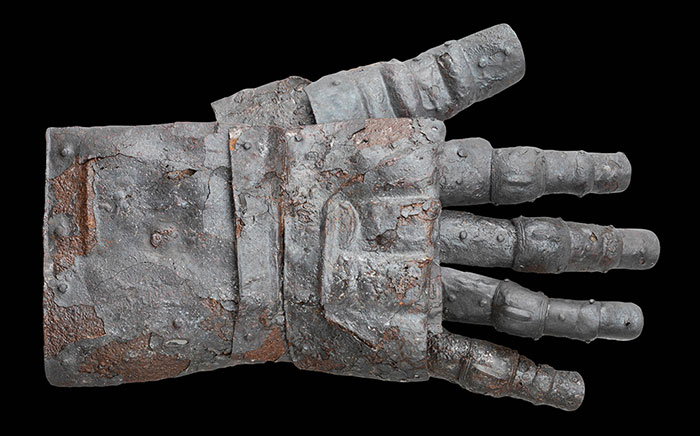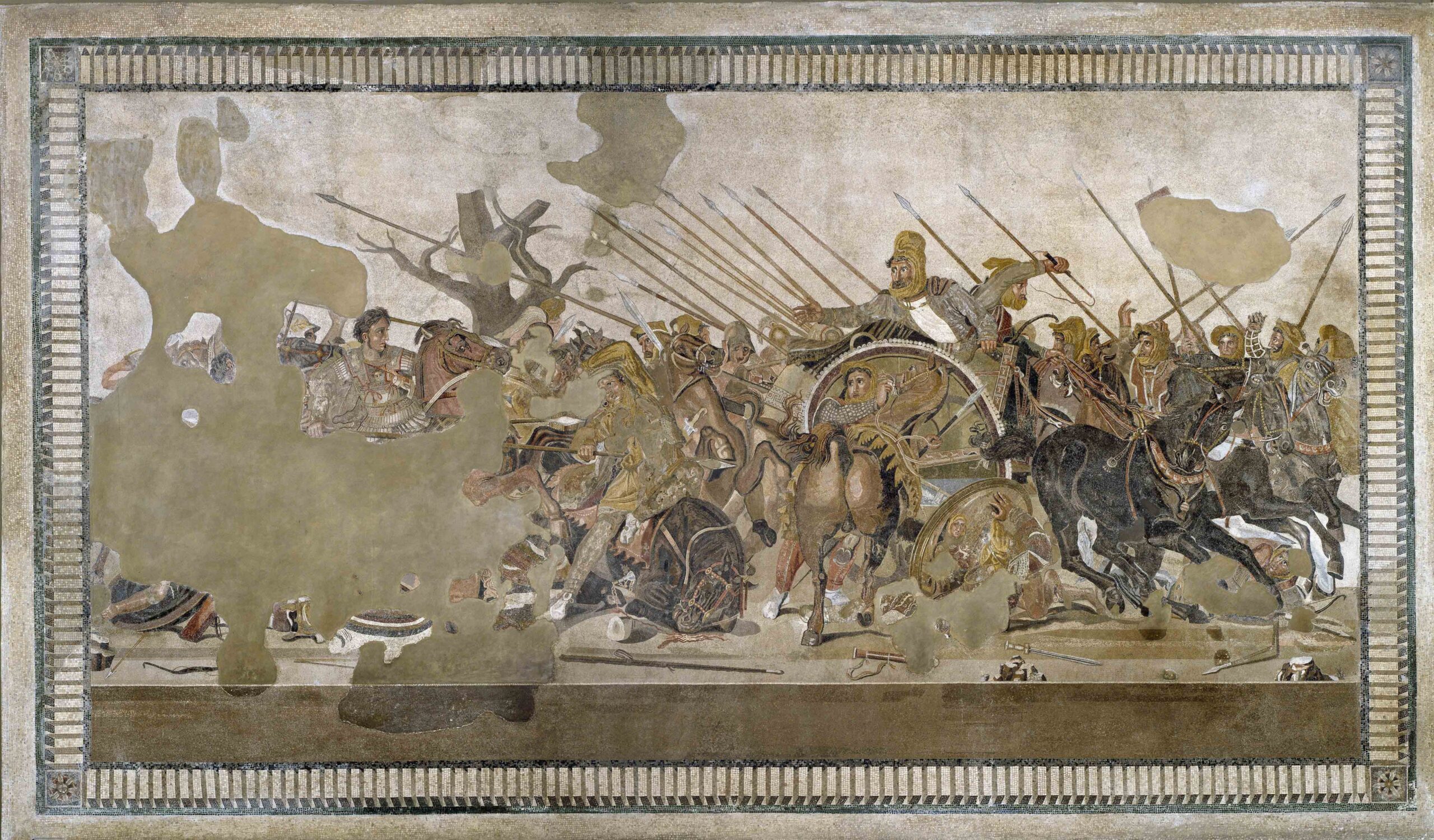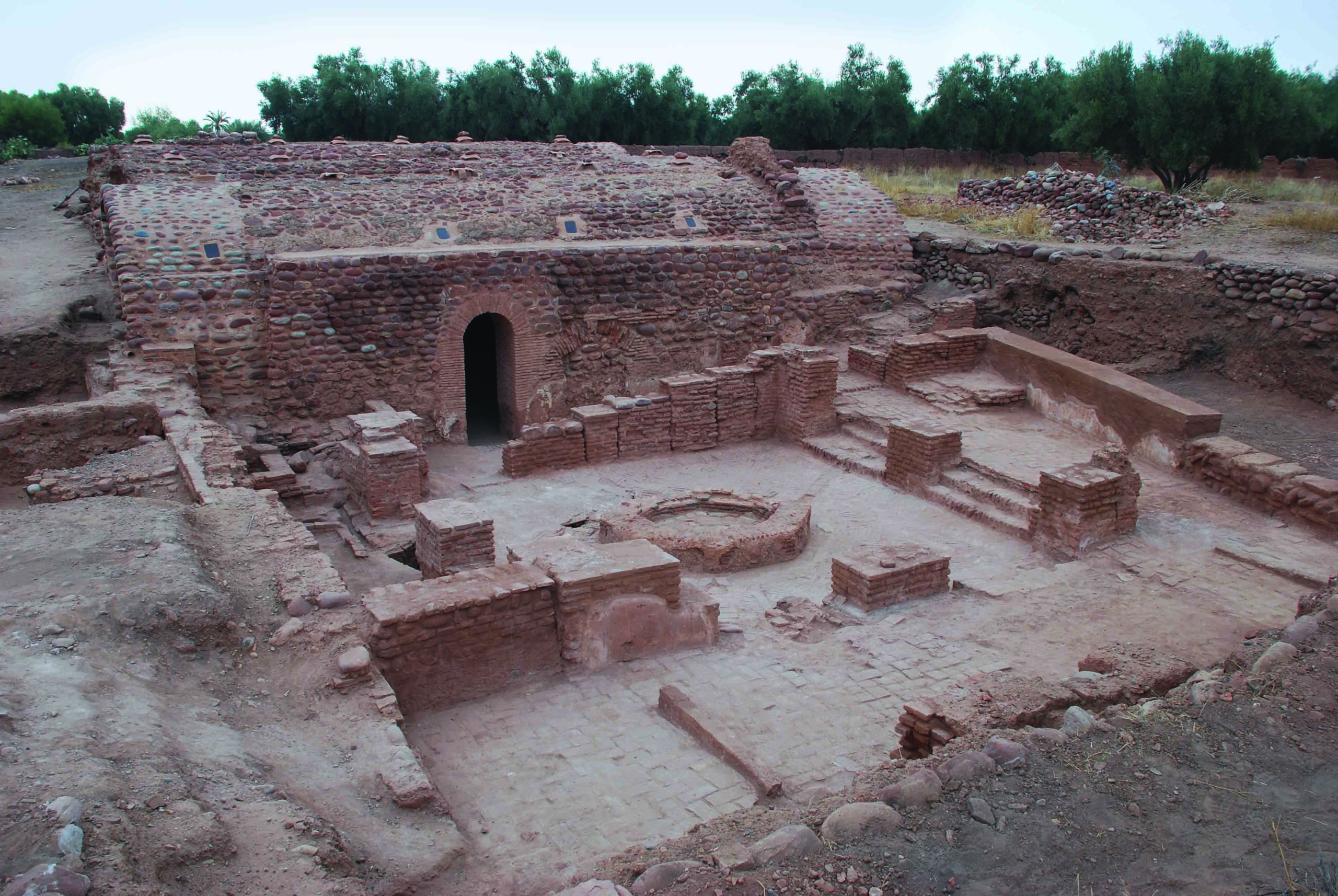
JENA, GERMANY—According to a statement released by the Max Planck Society for the Science of Human History, molecular paleopathologist Kirsten Bos and her colleagues looked for DNA evidence of disease in human remains discovered in a fifteenth-century mass grave in a cemetery in Vilnius, Lithuania. The study indicates that many of them died of the plague, but one of the women also suffered from yaws, a disease related to modern syphilis that is only found today in the tropics. Bos said the yaws genome was only slightly different than the ancestor of all known yaws varieties in humans and other primates, suggesting it developed about 1,000 years ago. The presence of yaws in the medieval grave, she added, could be related to a European outbreak of disease that began in the late fifteenth century, which has usually been attributed to syphilis and the return of Christopher Columbus and his crew from their first New World voyage. Thus, the presence of the yaws genome in a medieval grave suggests questions still exist about the origin of syphilis in Europe, she explained. To read about a mass grave containing victims of an epidemic that ravaged medieval Paris, go to "A Parisian Plague."










